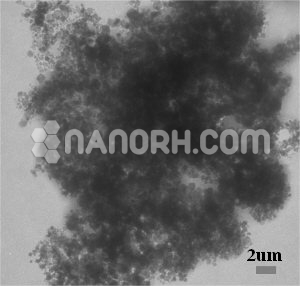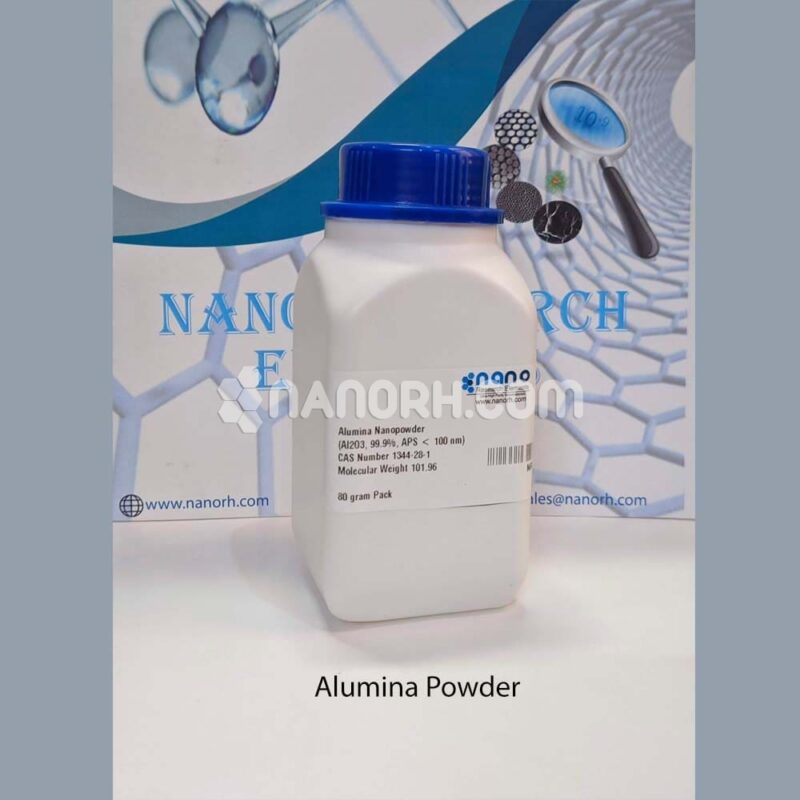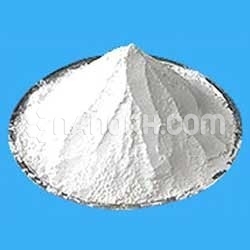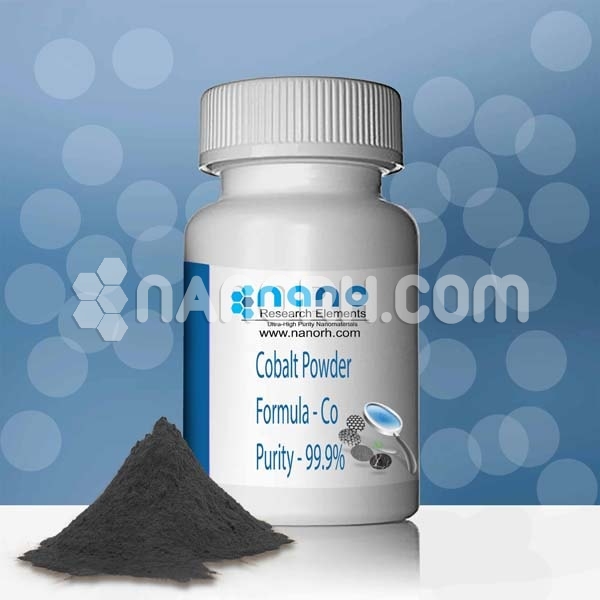Zirconium Diboride Powder / ZrB2 Powder (99%, 750nm, Hexagonal)
Zirconium Diboride Features: high melting point (3040oC), high hardness, high thermal conductivity, high-temperature structural materials, good conductivity, stable in a wide temperature range,
| Zirconium Diboride Powder | |
| Product No | NRE-11299 |
| CAS No. | 12045-64-4 |
| Formula | ZrB2 |
| Molecular Weight | 112.8g/mol |
| APS | <40 um(can be customized) |
| Purity | 99% |
| Density | 6.09 g/cm3 |
| Color | black |
| Melting Point | ~3246 °C |
| Boiling Point | NA |
Zirconium Diboride Powder
Zirconium diboride (ZrB2) is a highly covalent refractory ceramic material with a hexagonal crystal structure. ZrB2 is a very high temperature (UHTC) ceramic with a melting point of 3246 ° C. This, together with its relatively low density of ~ 6.09 g / cm3 (measured density may be higher due to hafnium impurities) and good resistance to high temperatures makes it a candidate for high-temperature aerospace applications, such as hypersonic or rocket propulsion systems. It is an unusual ceramics, having relatively high thermal conductivity and electrical properties that it shares with isostructural titanium diboride and hafnium diboride.
The pieces of ZrB2 are usually hot pressed (pressure applied to the heated powder) and then machined to shape. The sintering of ZrB2 is hampered by the covalent nature of the material and by the presence of surface oxides which increase the thickening of the grain before densification during sintering. Sintering without the pressure of ZrB2 is possible with sintering additives such as boron carbide and carbon reacting with the surface oxides to increase the driving force by sintering, but the mechanical properties are degraded compared to ZrB2 pressed hot.
Additions of ~ 30 vol% SiC ZrB2 often added ZrB2 to improve the resistance to oxidation by SiC by forming a protective oxide layer, similar to the protective aluminum alumina layer.
ZrB2 is used in high-temperature ceramic matrix composite materials (UHTCMC).v




